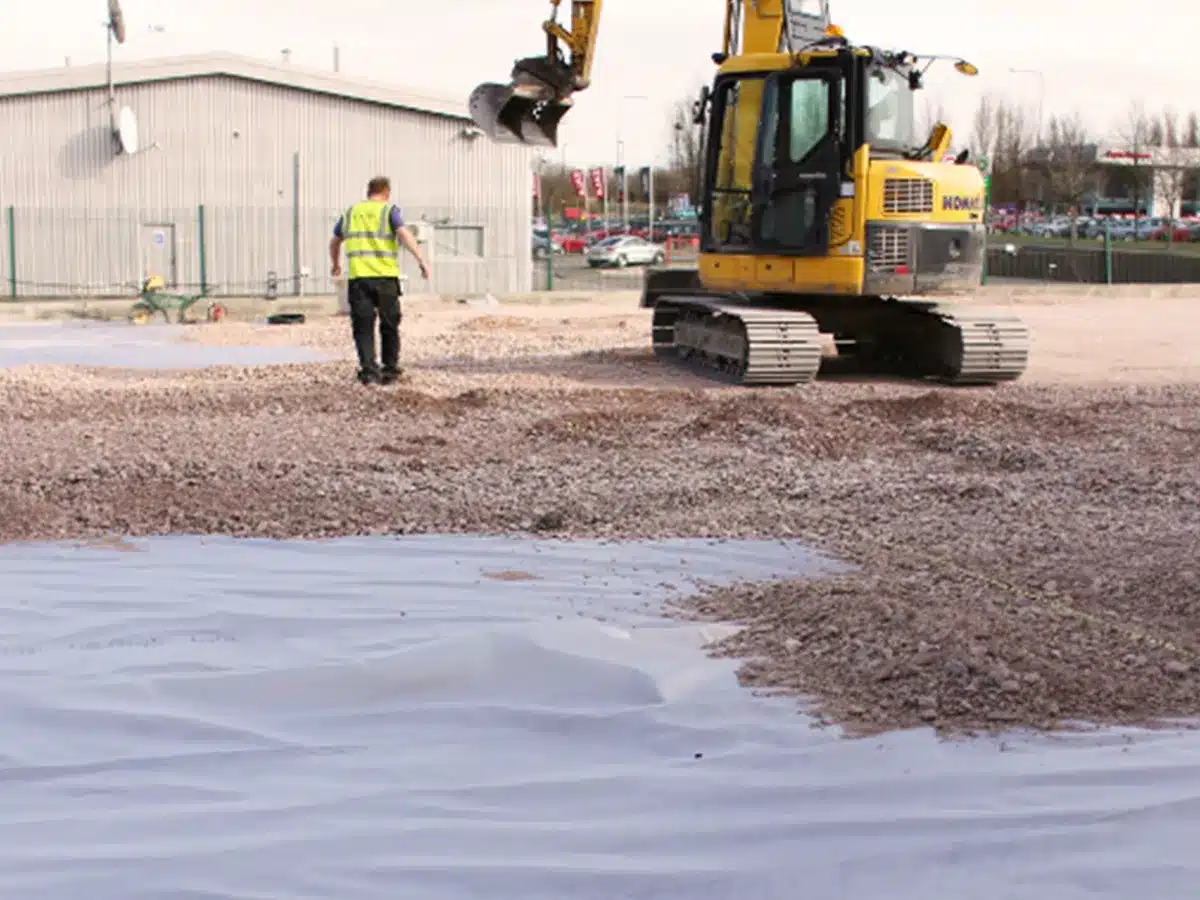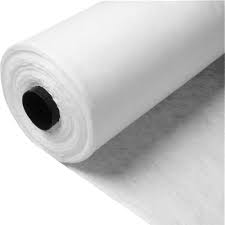+86-159 9860 6917
info@geofantex.com
geofantex@gmail.com
+86-400-8266163-44899
Landscape fabric is a popular tool among gardeners and landscapers for controlling weeds and managing soil conditions. Landscape fabric is an effective, short-term weed control solution but has deleterious long-term effects on soil health. However, many people wonder whether it truly works as advertised. In this article, we’ll delve into the effectiveness of landscape fabric, answering common questions about its use, installation, and comparison to other materials like plastic. We’ll explore how landscape fabric functions, its pros and cons, and provide insights into whether it is the right choice for your gardening needs.
Does landscape fabric get clogged?
Yes, landscape fabric can get clogged over time. Landscape fabric is designed to allow water and nutrients to pass through while blocking weeds, but it can gradually become clogged with dirt and debris as soil particles, organic matter, and other materials accumulate on or within the fabric’s pores. This clogging can reduce the fabric’s effectiveness by limiting water flow and causing drainage issues. To minimize clogging, it’s important to maintain the fabric by occasionally lifting it and removing any built-up debris or by adding a layer of mulch on top to protect the fabric and prevent clogging.

Does landscape fabric go over soil?
Yes, landscape fabric is typically laid over the soil. Placed above the soil, the primary purpose of landscape fabric is to create a barrier between the soil and the surface layer, which helps to suppress weed growth while still allowing water and nutrients to reach the soil below. When installing landscape fabric, it’s important to prepare the soil by removing existing weeds, leveling the surface, and ensuring that the fabric lies flat and securely against the soil. This ensures that the fabric stays in place and works effectively to prevent weeds from emerging.
Does landscape fabric go shiny side up?
Yes, landscape fabric is typically laid over the soil. Placed above the soil, the primary purpose of landscape fabric is to create a barrier between the soil and the surface layer, which helps to suppress weed growth while still allowing water and nutrients to reach the soil below. The slightly shiny side is meant to face up, as this helps protect the fabric from UV damage and allows for optimal water penetration. When installing landscape fabric, it’s important to prepare the soil by removing existing weeds, leveling the surface, and ensuring that the fabric lies flat and securely against the soil. This ensures that the fabric stays in place and works effectively to prevent weeds from emerging.
Is landscape fabric better than plastic?
Landscape fabric and plastic sheeting are both used for weed control, but they serve different purposes and have distinct advantages. Landscape fabric is more breathable, allowing water, air, and nutrients to penetrate the soil while still blocking weed growth. Landscaping fabric is the more durable product between the two, making it better for long-term use in gardens and landscaped areas where plants need to thrive. On the other hand, plastic sheeting is completely impermeable, which can be beneficial for short-term projects or areas where you want to completely block moisture, such as in vegetable gardens during off-seasons. However, plastic can cause issues with soil health over time due to lack of air and water circulation, making landscape fabric a better option for most gardening applications.
Landscape fabric can be a highly effective tool for weed control and soil management when used correctly. While it can get clogged over time, proper installation and maintenance can extend its effectiveness. Placed over soil with the shiny side up, landscape fabric allows water and nutrients to reach the plants while suppressing weeds. Compared to plastic, landscape fabric is often a better choice for long-term gardening due to its breathability and ability to support healthy soil conditions. Whether you’re managing a garden or a landscaped area, understanding how to use landscape fabric can help you achieve better results.



Get Free Sample
We’ll respond as soon as possible(within 12 hours)






















